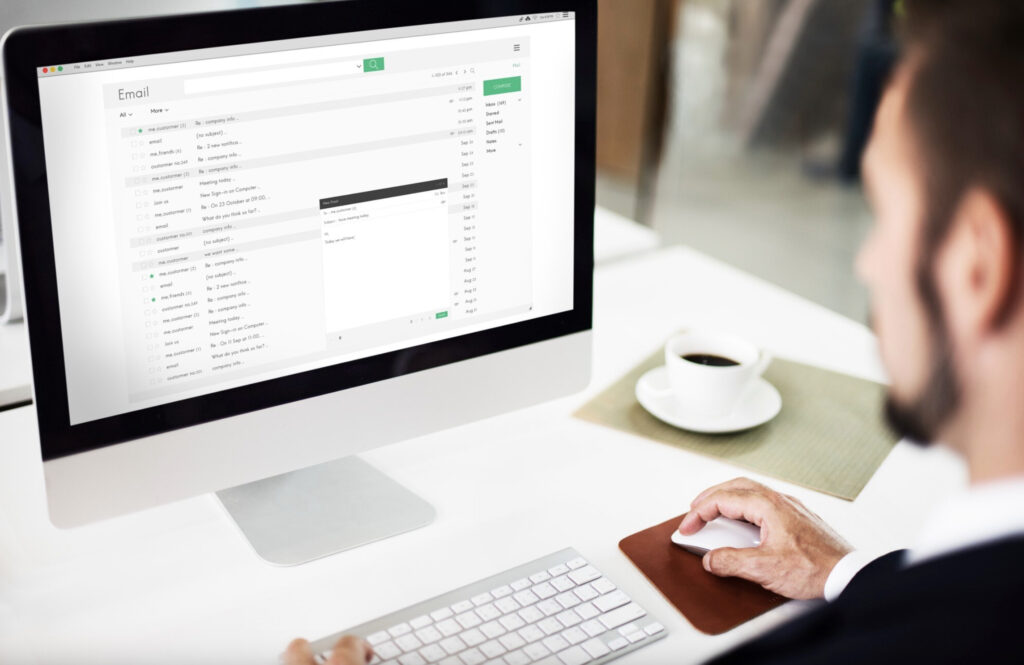Maintaining an effective email marketing campaign goes beyond just creating compelling content. One of the most crucial aspects of a successful email marketing strategy is email list hygiene. Regularly cleaning and maintaining a healthy email list ensures that your messages reach the right audience, boosting engagement and improving deliverability. In this article, we will explore why email list hygiene is vital for your business, the risks of neglecting it, and how you can keep your email list in top shape.
What is Email List Hygiene?
Email list hygiene refers to the process of cleaning your email list by removing invalid, outdated, or irrelevant contacts. It includes practices like eliminating hard bounces, unsubscribed addresses, and inactive users. Keeping your email list free from such entries helps ensure that you’re sending messages to individuals who genuinely want to receive them.
Key components of email list hygiene include:
- Invalid email addresses: These are emails that no longer exist or are incorrectly formatted.
- Unsubscribed users: Contacts who have explicitly opted out of receiving your emails.
- Inactive subscribers: Users who have not engaged with your emails over a specified period.
By regularly removing these types of entries, you ensure that only engaged and relevant contacts remain in your list, improving both your engagement and sender reputation.
Why Email List Hygiene Matters
- Impact on Email Deliverability: One of the primary reasons email list hygiene is crucial is its direct impact on your email deliverability. Sending emails to invalid or inactive addresses can trigger spam filters, which could cause your messages to be marked as spam. This harms your sender reputation and affects future delivery rates.
- Preventing Bounce Rates: When you send emails to invalid email addresses, they “bounce” back. High bounce rates signal to email service providers (ESPs) that you’re sending low-quality emails. This could lead to your emails being flagged or even blocked. Regularly cleaning your list minimizes this risk and ensures better inbox placement.
- Enhancing Open and Click-Through Rates: A clean, engaged list results in higher open rates and click-through rates (CTRs). If you’re sending emails to individuals who haven’t opened or interacted with your emails in months or even years, it lowers the chances of getting a positive response. By focusing on engaged users, your emails will have a higher chance of being opened, leading to improved CTRs and conversions.
- Avoiding Spam Traps: Spam traps are email addresses set up by ISPs or anti-spam organizations to catch senders who aren’t following best practices. These email addresses don’t belong to real people, but if your email reaches them, your reputation can be severely damaged. An essential part of email list hygiene is ensuring you avoid sending emails to these spam traps, which can be done by regularly cleaning your email list.
The Risks of Neglecting Email List Hygiene
Neglecting email list hygiene can lead to several negative consequences, which can severely affect your email marketing performance. Here are some risks associated with failing to maintain a clean email list:
- Decreased Engagement Rates: When you send emails to inactive or unengaged contacts, your open and click rates will inevitably drop. These low engagement rates are a strong signal to ESPs that your emails are irrelevant to recipients, leading to a decreased likelihood of your emails reaching inboxes in the future.
- Reputational Damage: If you continue to send emails to invalid addresses or spam traps, your sender reputation will suffer. A poor reputation increases the likelihood of your emails being routed directly to spam folders or blocked altogether. Restoring a damaged sender reputation can take time and effort, which is why it’s best to avoid it by practicing proper email list hygiene.
- Wasted Resources and Time: Sending emails to people who aren’t interested or who no longer exist wastes time, money, and resources. You’re paying to send emails that won’t result in conversions or engagement, which ultimately harms your ROI. A clean email list ensures that your resources are directed toward people who are genuinely interested in your messages.
- Increased Costs: Many email service providers charge based on the size of your list. By keeping irrelevant or inactive contacts on your list, you are paying for more subscribers than necessary. Regularly cleaning your list allows you to pay only for the contacts that matter, helping optimize your email marketing budget.
How to Maintain Email List Hygiene
- Regular Cleanup Practices: One of the best ways to ensure your list remains healthy is by performing regular cleanups. Establish a routine to check for invalid email addresses, unsubscribes, and inactive users. A clean list should be reviewed at least once a month to ensure it stays up-to-date.
- Using Email Verification Tools: Email verification tools can help detect invalid and fake email addresses. By integrating these tools into your email collection process, you can ensure that the emails you add to your list are valid and legitimate. This minimizes bounce rates and improves overall list quality.
- Removing Inactive Subscribers: Over time, some subscribers will lose interest in your emails and stop engaging with your content. You can set a threshold (e.g., no opens or clicks in the past 6 months) and automatically remove or re-engage these subscribers. Doing so ensures that your list remains populated with engaged individuals.
- Managing Opt-Ins and Unsubscribes Properly: Make sure that your opt-in and unsubscribe processes are easy to follow. When someone unsubscribes, immediately remove them from your list to ensure you’re not sending emails to people who don’t want them. On the flip side, make it simple for new subscribers to join, ensuring they’re legitimate and engaged from the start.
Tools and Best Practices for Email List Hygiene
There are several tools available to help you maintain your email list hygiene. Email verification tools like ZeroBounce, BriteVerify, and NeverBounce can help you identify and eliminate invalid emails. Additionally, segmentation tools and workflows can be set up to regularly clean your list based on engagement metrics.
Best practices also include setting up automated systems to flag and remove inactive users, segmenting your list based on activity levels, and using A/B testing to see which lists yield the best results.
Conclusion
In summary, email list hygiene is an essential part of any successful email marketing strategy. By regularly cleaning your email list, you ensure better deliverability, engagement, and return on investment. Neglecting this task can lead to lower engagement rates, damaged sender reputations, and wasted resources. Make email list hygiene a priority by using verification tools, removing inactive contacts, and managing unsubscribes properly. With these practices in place, you’ll maximize the effectiveness of your email marketing efforts and achieve better results.


